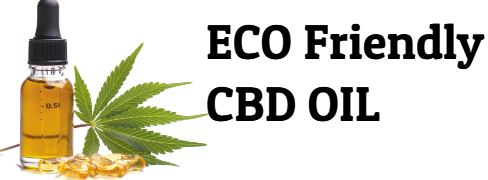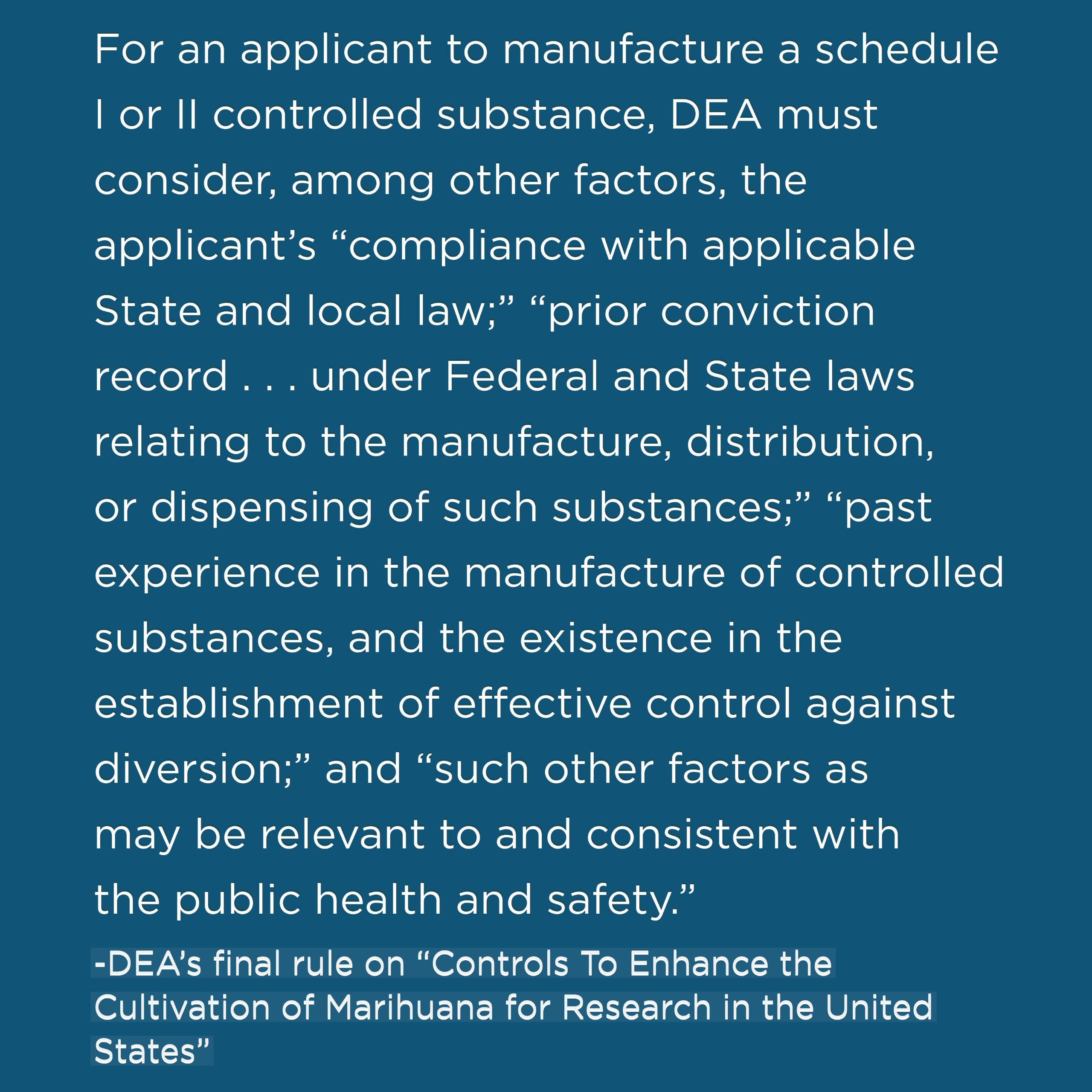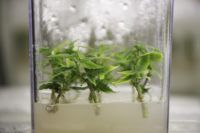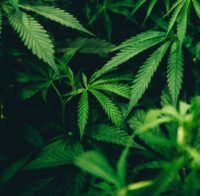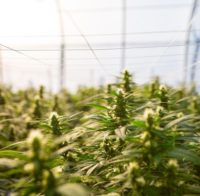Few chronic issues can be as debilitating as back pain. While opioids, invasive surgeries, and other treatments are certainly an option, preliminary research indicates cannabidiol (CBD) may represent another solution.
CBD is anecdotally known for its pain-relieving properties. In fact, many healthcare providers indeed recommend this cannabinoid for different types of pain.
But back pain is a tricky thing to manage. There can be multiple underlying symptoms responsible for chronic back pain, including rheumatoid arthritis (RA), osteoarthritis, chronic spinal pain, or fibromyalgia syndrome (FMS).
In 2016 review, researchers looked at four separate studies that evaluated 159 patients with rheumatic disease-related pain and sleeplessness; the conditions treated included RA, FMS, and non-cancerous spine pain.[1] These studies measured symptoms before and after use of cannabinoid-based treatments.
Different cannabinoid products were evaluated, including synthetic pharmaceutical products containing tetrahydrocannabinol (THC) and CBD. Herbal cannabis derivatives were not used.
Results from three out of four studies indicated that cannabinoids was effective in reducing pain levels. However, since these treatments also contained THC, it is difficult to conclude the specific contributions of CBD. This is often the case in the literature.
A study published this year conducted a review and highlighted case reports to further shed light on how a CBD topical may address pain.[2] Two patients used the same CBD cream (400mg per two oz) – one was a 40-year-old man with intense low back pain due to a compression fracture in his spine and one was a 61-year-old female with several conditions causing back pain.
The first patient felt relief from pain for 10 hours following topical application of CBD; in fact, after four weeks of treatment, his pain subsided. The second patient achieved pain relief as well for seven to eight hours following treatment.
While these findings are promising, they are not conclusive. Data on CBD alone for pain are sorely needed so patients and physicians can better understand how it can be used safely and the best method of use.
That being said, people should talk to their doctor if they are interested in trying CBD for pain, as it may provide much needed relief.
References
- Fitzcharles M-A et al. Efficacy, tolerability and safety of cannabinoids in chronic pain associated with rheumatic diseases (fibromyalgia syndrome, back pain, osteoarthritis, rheumatoid arthritis). Der Schmerz. 2016;30(1):47-61.
- Eskander JP, et al. Cannabidiol (CBD) as a treatment of acute and chronic back pain: A case series and literature review. J Opioid Manag. 2020;16(3):215-218.
Image Credit: Jesper Aggergaard
Image Source: https://unsplash.com/photos/CEM52sAHR80
